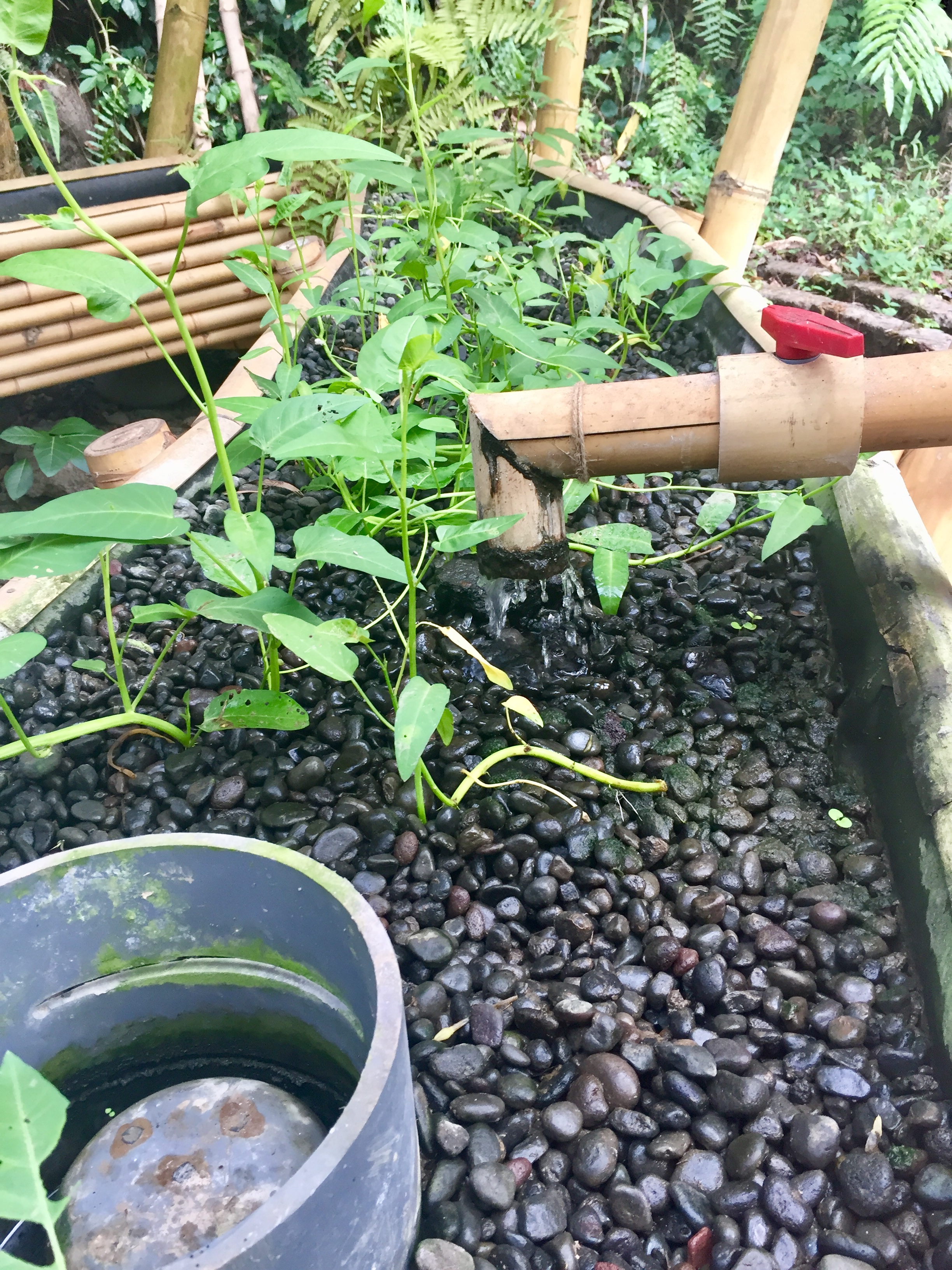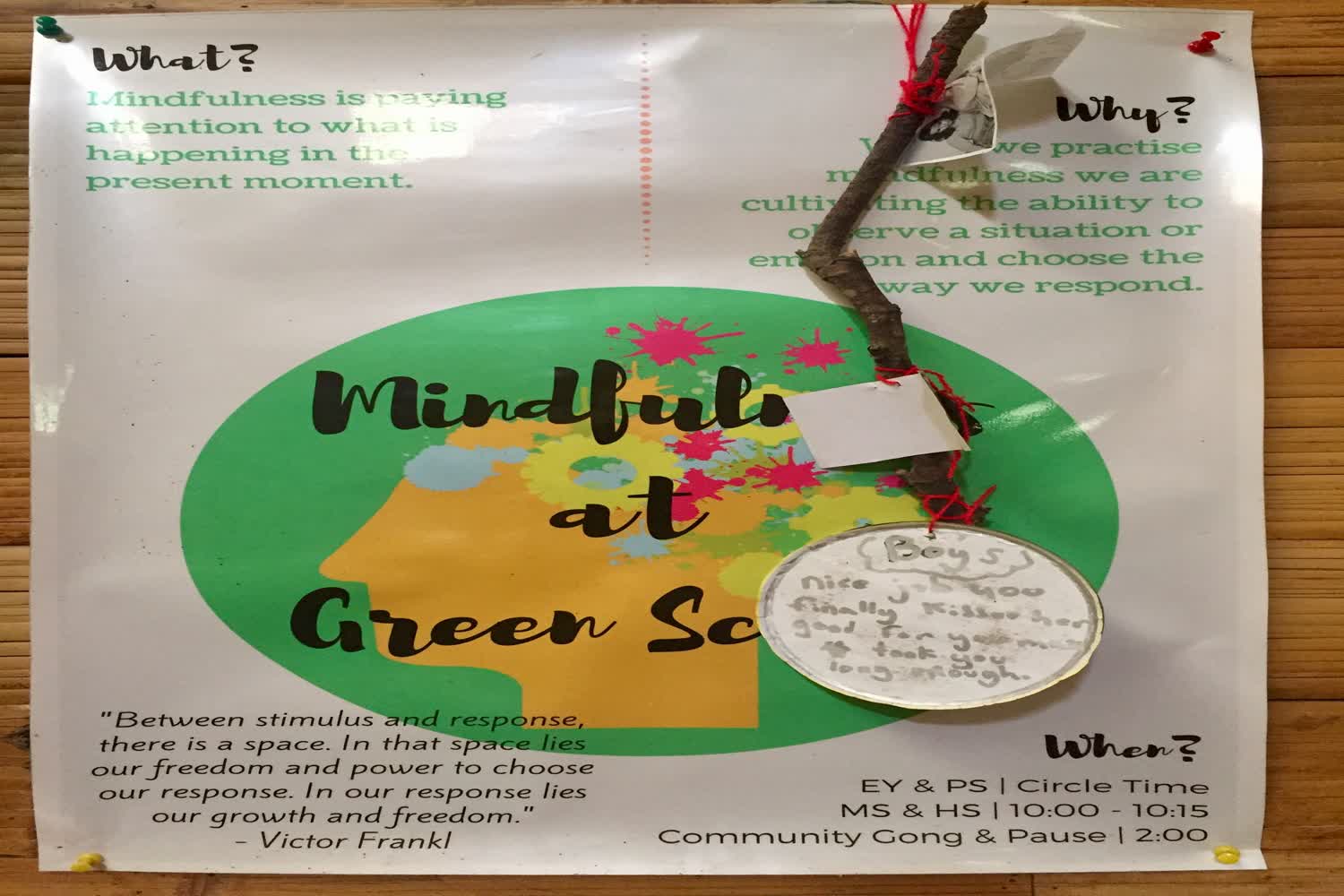Dharma Series: Yoga for Adolescence.
By: Sarah Ingraham
Adolescence is a challenging stage of life, a momentus and fiery occasion. Along with a series of biological changes come cognitive, motivational, emotional, and social development.
Currently in the United States, depression and suicide rates in adolescents are rapidly rising. In order to understand this I think it is important to analyze the difficulties and triumphs in the transition through adolescence and ask: What are some holistic therapeutic techniques to aid in the transition through adolescence? And how can we enable adolescents to progress from our “current egocentric, aggressively competitive, consumer society to an ecocentric, soul-based one that is sustainable, cooperative, and compassionate”? (Plotkin, 2008)
Bill Plotkin, author of Soulcraft and Nature and the Human Soul, often talks about two types of societies and approaches that humans take throughout life stages: the soulcentric and the egocentric version.
In the ideal soulcentric version, Plotkin describes the adolescent path as undergoing a shift in psychospiritual center of gravity from family and nature to peer group, sexual identity, and the larger society beyond family. In adolescence there is a process of individuation that occurs in terms of social roles and relations. Carl Jung coined the term individuation as the “slow, imperceptible process of psychic growth” that gradually results in “a wider and more mature personality”. The goal of Social Individuation in adolescence is to find a self that is both authentic and socially acceptable.
Plotkin offers a guide for how to maintain emotional health during this challenging life phase. The principles he describes strongly align with methods we explore in yogic teachings.
Below are the stages:
Somatic experience of the emotion. Bodily awareness.
Full psychological and bodily experience of the emotion. Allow the emotion to enter the body, explore, and consciously observe the experience.
Insight. Explore the significance of the the emotion using self-compassion.
Action. Now that something has been learned, act compassionately on the emotions.
Illumination. Review the entire cycle of the emotion and gather wisdom with the aim of nonattachment- neither clinging, nor rejecting the emotion.
During my visit to the Green School in Bali, I noticed that the space was influenced by a strong soulcentric society. Sustainable development, conscious choices, creative arts, and spiritual teachings can be found in every corner of the school. Daily mindfulness practices are weaved throughout the curriculum along with music, gardening, and hydroponics.
My dream is that the world could be full of Green Schools one day and that instead of contending with an egocentric surrounding of consumerism, confusion, and chaos, adolescents could thrive in a collective, sustainable, and compassionate environment full of gardens (and unicorns).
References:
Nature and the Human Soul by Bill Plotkin
About Sarah:
Sarah (Skidmore College, B.A., Psychology, Columbia University, M.A., International Education Development) has practiced yoga for over 10 years and recently received her 300-hour yoga teacher certification with Kula Collective in Bali. While at Columbia University, Sarah studied International Education Development with a focus on Peace Education and permaculture. Sarah is passionate about experiential education and recently led youth on a community service trip through Costa Rica, as well as a gap semester in Guatemala, Honduras, and Nicaragua.








